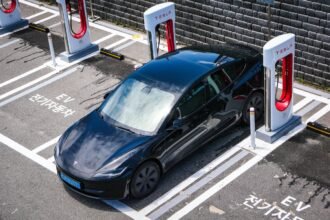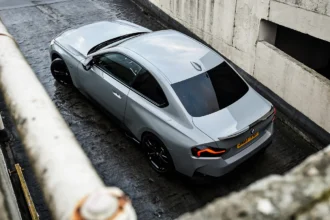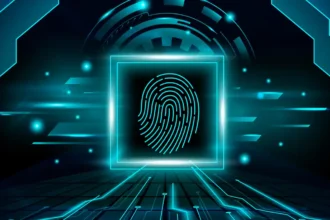The electric vehicle (EV) revolution is in full swing in the USA, but what does the future hold for EV charging infrastructure? With more automakers rolling out new electric models and the government pushing for cleaner transportation, how will the nation adapt to the growing demand for EV charging?
This article dives deep into the trends and technologies shaping the future of EV charging in the USA. Let’s explore what’s next for the auto industry, the challenges ahead, and how this transformation will reshape how Americans drive.
The Growing Demand for Electric Vehicles in the USA
The adoption of electric vehicles is accelerating across the United States. The numbers are clear: more consumers are switching to EVs, with sales expected to make up a significant portion of new vehicles by 2030. EV growth in the country is driven by a mix of government incentives, rising fuel prices, and a growing concern for environmental sustainability.
Why the Shift to EVs?
- Environmental Benefits: As global warming and air pollution worsen, more consumers are opting for cleaner options. Electric vehicles significantly reduce emissions, helping to combat climate change.
- Economic Factors: Rising fuel costs and the decreasing price of EVs are encouraging people to switch.
- Technological Advances: Major improvements in battery life, performance, and range have made EVs more attractive.
This shift isn’t just a trend—it’s an overhaul of the entire auto industry. But as more EVs hit the roads, the demand for efficient charging infrastructure grows.
The Current State of EV Charging Infrastructure in the USA
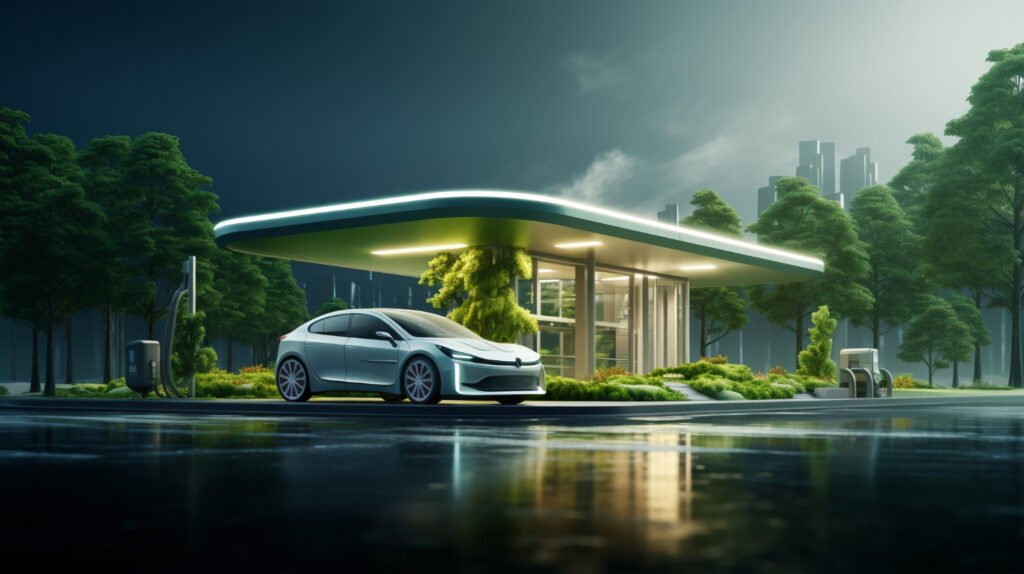
The United States is still playing catch-up when it comes to building a robust network of EV chargers. Currently, most EV owners rely on a mix of home chargers, public stations, and workplace setups. However, gaps in charging infrastructure remain, particularly in rural and underserved areas.
Types of EV Charging Stations
- Level 1 Charging: Uses a standard household outlet, delivering a slow charge (about 2-5 miles per hour of charge). This is ideal for overnight charging at home.
- Level 2 Charging: Found in public locations or at home, offering 10-20 miles per hour of charge, much faster than Level 1.
- DC Fast Charging: These are ultra-fast public stations that can charge up to 80% of a battery’s capacity in under 30 minutes.
Challenges in Expanding Charging Infrastructure:
- Cost: Installing and maintaining public charging stations is expensive.
- Location Gaps: Rural areas often have limited or no access to public chargers.
- Standardization: Different automakers use various connectors, leading to compatibility issues.
What’s Next for EV Charging in the USA?
With the expected explosion of EVs on the road, the USA must prepare for the future of charging. The EV trends for the next decade point to a revolution in how we power our cars.
1. Nationwide Expansion of Charging Networks
Both private companies and government initiatives are working to build a nationwide network of EV chargers. President Biden’s infrastructure bill aims to fund the deployment of 500,000 public chargers by 2030. This would fill gaps in rural and urban areas, ensuring no driver is ever far from a charge.
2. Wireless and Inductive Charging
One of the most exciting advancements in EV technology is wireless charging. Imagine driving over a special pad in your garage or parking lot, and your car charges without plugging in. This technology, called inductive charging, is still in its early stages but could become the future of EV charging.
Benefits of wireless charging:
- Convenience: No need to fumble with cables.
- Seamless Integration: Easier for public parking lots, businesses, and homes.
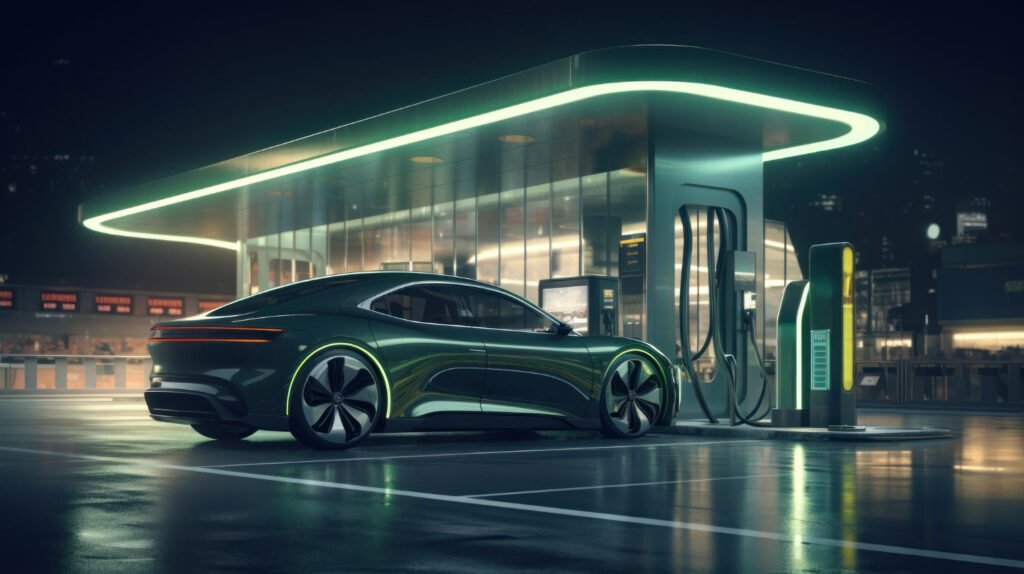
3. Ultra-Fast Charging Stations
Charging times are still a significant concern for drivers, but EV growth could change that with new ultra-fast chargers. Companies like Tesla, Electrify America, and ChargePoint are developing chargers that can deliver up to 300 miles of range in under 15 minutes.
Table: Comparison of EV Charging Speeds
| Charger Type | Charging Speed | Range per Hour of Charge |
|---|---|---|
| Level 1 (Standard) | 120V (Household Outlet) | 2-5 miles |
| Level 2 | 240V (Public/Residential Charging) | 10-20 miles |
| DC Fast Charging | 480V+ (Public Fast-Charging Stations) | 60-100 miles |
| Ultra-Fast Charging | 800V+ (Future Chargers) | 200-300 miles (in 15 minutes) |
4. Solar-Powered EV Charging Stations
As the USA transitions to cleaner energy, solar-powered EV stations could become a common sight. These stations, often found in parking lots or at home, use solar panels to generate electricity for charging cars, reducing dependence on the grid.
5. Vehicle-to-Grid (V2G) Technology
Vehicle-to-grid technology enables EVs to not only draw power from the grid but also return energy when needed. This could be revolutionary for energy management, allowing EVs to act as mobile power stations.
- How it works: EVs store excess energy, which can be sold back to the grid during peak times.
- Potential benefits: Could help stabilize the electric grid, reduce energy costs, and provide backup power in emergencies.
The Role of the Auto Industry in EV Charging Innovation
The auto industry is playing a pivotal role in developing EV charging solutions. Leading manufacturers like Tesla, Ford, and General Motors are investing heavily in charging infrastructure, new battery technologies, and alternative power solutions.
Automaker Collaboration with Charging Networks
Several automakers are partnering with charging networks to provide exclusive or discounted charging services to their customers. For example:
- Tesla Superchargers: Tesla’s proprietary network remains the most extensive and fastest in the USA.
- Ford’s Blue Oval Network: Ford’s new EVs will come with access to a growing network of chargers, ensuring a seamless experience for owners.
Battery Advancements Impacting Charging
Another critical factor is the development of new batteries. Solid-state batteries, for instance, promise quicker charging times, longer range, and improved safety. These advancements could drastically reduce the time it takes to charge an EV, making it more convenient than ever.
Challenges to Overcome in the Future of EV Charging
The future of EV charging isn’t without its challenges. Several obstacles could slow down progress if not addressed quickly.
1. High Installation Costs
Building and maintaining a comprehensive network of EV charging stations requires significant investment. Currently, this is being driven by a mix of government subsidies, private investment, and automaker funding.
2. Uneven Access
While major cities are expanding their EV infrastructure, rural areas remain underserved. Ensuring all regions of the USA have access to reliable charging is essential for nationwide EV adoption.
3. Energy Grid Concerns
As the number of EVs increases, so will the electricity demand. This surge could strain an already aging electric grid. Investments in renewable energy, grid modernization, and energy storage systems will be crucial in preventing potential blackouts.
4. Public Awareness and Education
For many Americans, electric vehicles and EV charging remain unfamiliar. Educating the public about the benefits, costs, and ease of EV ownership will be key to widespread adoption.
FAQs About the Future of EV Charging in the USA
1. How long does it take to charge an electric vehicle?
The time depends on the charger type. Level 1 chargers take the longest (up to 24 hours), while ultra-fast chargers can power up a car in under 30 minutes.
2. Will there be enough public charging stations for the rising number of EVs?
The USA is working to meet this challenge. With both government initiatives and private investments, the number of public charging stations is expected to increase dramatically by 2030.
3. Are home charging stations expensive?
The cost of a home charging station varies but typically ranges from $500 to $2,000, depending on the type and installation requirements.
4. What is vehicle-to-grid (V2G) technology?
V2G allows EVs to send electricity back to the grid, which helps balance demand and reduce strain on the electric grid.
5. How will wireless charging impact the future of EVs?
Wireless charging could make EV ownership even more convenient by eliminating the need to plug in. This technology is still developing but could become a major trend in the future.
Conclusion: The Road Ahead for EV Charging in the USA
The future of EV charging in the USA is filled with exciting possibilities. From ultra-fast chargers to wireless solutions and solar-powered stations, the way we charge our vehicles is set to evolve rapidly. However, investments in infrastructure, battery technology, and grid modernization are critical to keep up with the demand for electric vehicles.
As the auto industry continues to innovate, and with government backing, the future of EV charging looks promising. The road ahead may be challenging, but the USA is poised to embrace the EV trends that will define transportation for decades.
Are you ready for the electric revolution?






